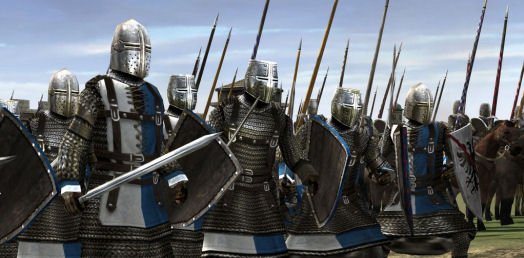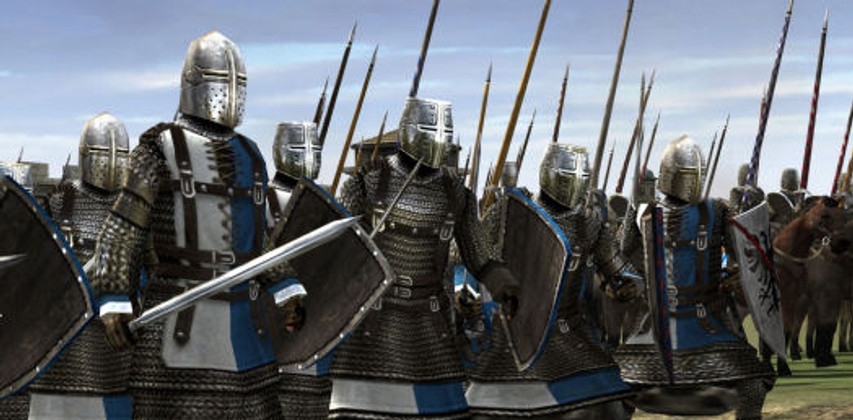Medieval Combat Helmets - Protection and Visibility
Posted by Sword N Armory on May 4th 2018

Helmet comes from "helm" which is a medieval word for protective combat headgear and were originally made of leather, brass, bronze and iron. Eventually all were made from forged steel.
The bascinet helmet was designed to be worn with a mail or as sole protection for the head or beneath the great helm. There were several changes over time to make it safer such as the nose protector, also called the bretache, and offered some facial protection.
Another type of protection was the klappvisor which was considered a medium type between the nasal protector visor and the side pivoting visor and it was agreed that none of this offered much protection for the face.
There also was the "great bascinet". In this, the chain mail was replaced by a plate of metal which made the entire helmet immobile.
The "great helm" offered a better degree of protection, but restricted vision and agility. If you wore a bascinet and great helm you basically were wearing two helmets. Around the middle of the 14th century the great helm had been done away with in favor of the fully visored bascinet.
Around 1450 the great bascinet was replaced by the Armet and Sallet. The Armet came in the 15th century and was the first helmet to enclose the head completely. It was much lighter so it would move easier with the wearer, and was more compact. It was used in the late 15th and early 16th centuries and had face and cheek pieces that were movable that protected the wearer from head blows. The Armet also had an extension reaching from the back of the skull to the nape of the neck. The Germans around 1515 made this piece wider so that it went forward toward the ears and let the helmet rotate, but did not cause a gap where a weapon could penetrate.
The Sallets were a variety of the bascinet to be worn without a visor to increase protection. The sides were drawn forward to cover the cheeks and chin and the rear curved into a flange for neck and face protection.
As you can see, each helmet had many great features for different types of protection during battle.










